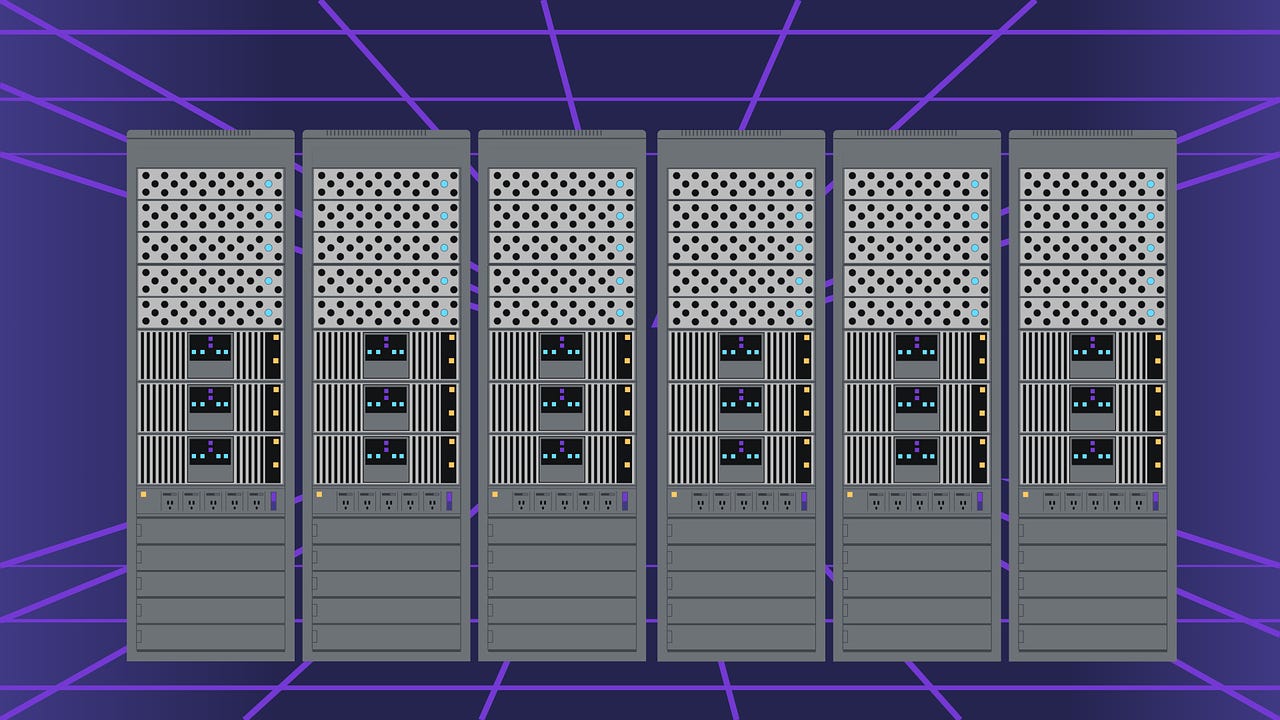The Final Days of the Legacy Data Warehouse
Nearly 6 in 10 tech professionals are looking to switch and modernize their data warehouse environments, according to a new survey.
Out with the Old…
A new report from Ocient has me thinking about the state of data warehouses. But before I get into the report’s details, let me turn back the clock a few years.
I’ve been covering the data warehousing market since the mid 1990s when, as a reporter at InformationWeek, I attended an industry conference where I met Randy Mott, who was CIO of Walmart at the time. (From there, Randy went on to Dell, HP, and GM.)
Walmart had built a data warehouse that was the talk of the industry, in part because it was one of the largest in the world, but also because Walmart was using the system for market-basket analysis, sales history, inventory, and other business intelligence, which the retailer—in a strategy that was ahead of its time—shared with its suppliers and partners.
For the past 25 years, data warehouses like Walmart’s—big, centralized, on-premises systems—have been the mod…


